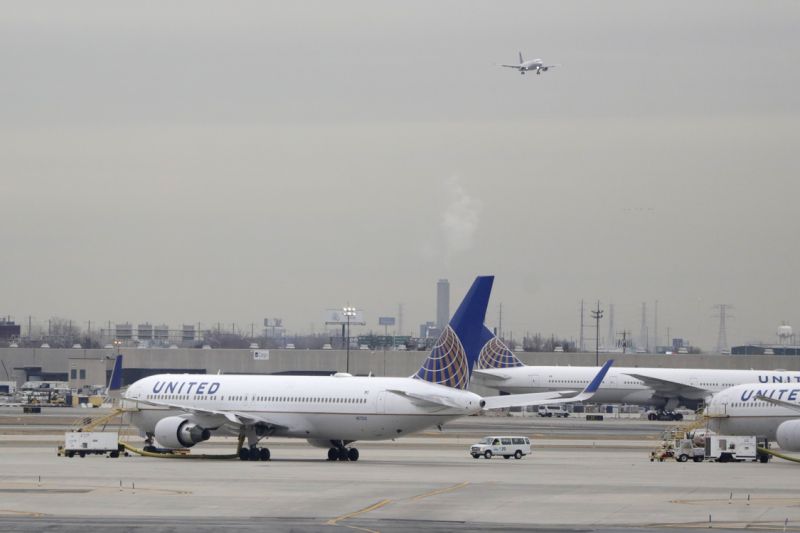
As the details of the devastating injuries sustained onboard flight SQ321 emerge, attention is turning to what happens to these passengers and crew now and what can be done to make all the hours spent in an aircraft cabin safer.
Aviation experts believe this incident is a glimpse into a future where there is an increased risk of deadly turbulence, but also where the in-cabin experience will need to be vastly different.
Innovation in aircraft safety is a perpetual quest, and the world does not see as many plane crashes as it once did.
But the Singapore Airlines incident this week suggests the next frontier is avoiding in-cabin injuries and the unfortunate loss of life that can happen when a plane hits unexpected turbulence at 37,000 feet.
A few days ago, the director of Bangkok’s Samitivej Srinakarin Hospital read out details of the injuries among the 41 passengers and crew being treated there.
Twenty two people sustained spinal and spinal cord injuries.
Six sustained skull and brain injuries.
Thirteen have injuries to their bones, muscles and other organs.
The patients have been grouped according to their most severe injuries, but some do fall into multiple categories.
These are injuries that have the potential to impact them for the rest of their lives.
The likelihood of in-cabin injuries
The Singapore Airlines incident has been described as happening in an “absolute instant” and as being of extreme in nature.
Whether a sudden movement in an aircraft is caused by turbulence or something else, it is the level of unpredictability combined with the severity of the injuries that is most alarming for an industry built on understanding and reducing risk.
Head of aviation at Central Queensland University and pilot of 40 years Professor Doug Drury told ABC News the future of aviation must consider the likely increase in turbulence.
“The good news is we don’t have these major events that frequently that create this kind of damage and unfortunate loss of life,” he said.
“But we can expect more and more events to occur in the future with our global climate change.”
A 2017 study predicted that severe turbulence will become two to three times more common over the north Atlantic by 2050-2080 because of climate change.
At the same time, there are bold predictions for how the aviation industry will expand.
Pre-COVID levels saw airlines carry 4 billion people across the world every year and the industry predicts that number to double by 2036.
That means a lot more planes in the sky, and that’s happening while cargo and private flights are expected to increase too.
It could get a little crowded and become even harder to find a calm path clear of any turbulence.
“If we’ve got all this hot air rising, and we’re flying through other people’s wakes, then it’s just going to be potentially continuous,” Dr Drury said.
That look to the future is forcing the aviation industry to grapple with the in-cabin injury problem.
Being able to better predict turbulence is one major factor, but measures that protect passengers and crew in the event of it would also help when something else was to blame.
Because there is also a history of equipment errors and technical faults that have led to unrestrained passengers and crew being hospitalised.
And airlines have been forced to compensate them for their suffering.






